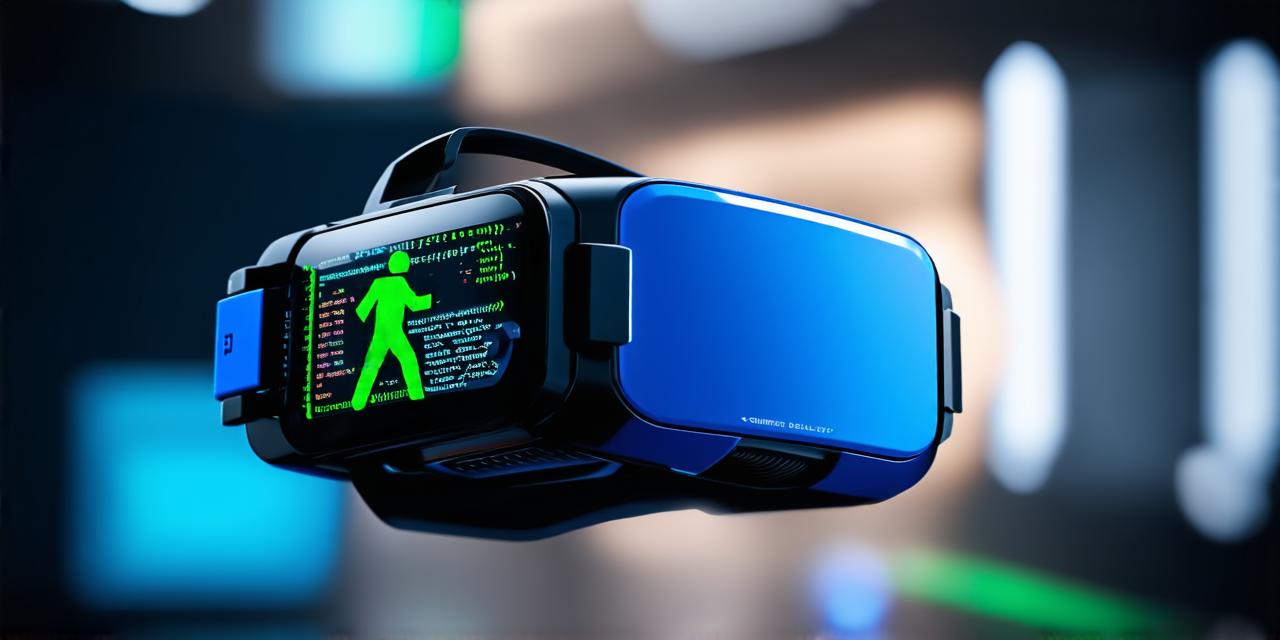Virtual Reality (VR) is an emerging technology that allows users to immerse themselves in a simulated environment. As VR games continue to grow in popularity, many developers are turning to this technology to create new and innovative gaming experiences.
1. Choose the right platform for your game:
The first step in developing a VR game is selecting the platform that best suits your needs. There are two main platforms available today – Oculus and HTC Vive. Each platform has its own strengths and weaknesses, and it’s important to choose one that aligns with your goals and budget. For example, if you want to create a highly immersive game with a wide range of movement options, then the Oculus Rift might be the best choice for you.
2. Invest in good equipment:
Developing a VR game requires specialized equipment, including a high-end computer, motion controllers, and headsets. It’s important to invest in good quality equipment if you want to create a seamless and enjoyable gaming experience. A powerful computer with at least 16GB of RAM and an Nvidia GTX graphics card is recommended for VR development. Additionally, investing in high-quality motion controllers can help improve the user’s immersion and reduce motion sickness.
3. Plan your game carefully:
Developing a VR game requires careful planning to ensure that it provides an engaging and immersive experience for users. It’s important to start by defining the game mechanics, storyline, and objectives of your game. You should also consider the environment and atmosphere you want to create, as well as the movement options available to players. Additionally, you should test your game thoroughly to identify any issues or bugs that may arise during development.
4. Utilize Unity:
Unity is a popular game engine that is widely used for VR game development. It offers a range of tools and features that make it easy to create immersive games for both Oculus and HTC Vive platforms. Some of the key features of Unity include physics simulation, AI, animation, and graphics rendering. Unity also has a large community of developers who provide support and resources to help you get started with game development.
5. Consider user experience:
User experience is crucial when developing VR games. You need to ensure that your game provides an enjoyable and immersive experience for users. This includes designing intuitive controls, optimizing graphics and sound effects, and minimizing motion sickness. It’s also important to consider the ergonomics of the game and how players will hold the controllers, sit or stand while playing, and move around in the virtual environment.
6. Optimize your game for performance:
VR games can be resource-intensive, and it’s important to optimize your game for performance to ensure a smooth and enjoyable experience. This includes minimizing frame rate drops, reducing load times, and avoiding stuttering or lag. You should also consider using techniques such as texture compression and LOD (level of detail) to improve performance.
7. Keep up with the latest trends:
The VR industry is constantly evolving, and it’s important to keep up with the latest trends and developments in the field. This includes new hardware and software updates, emerging technologies such as haptic feedback and eye-tracking, and changes in consumer behavior and preferences. By staying on top of these trends, you can ensure that your game remains relevant and competitive in the marketplace.
Summary:
Developing a VR game requires careful planning, specialized equipment, and a deep understanding of user experience and performance optimization. By following these expert tips, you can optimize your VR game development strategy and create an engaging and immersive gaming experience for users. Whether you’re a seasoned developer or just starting out, by investing in the right tools and techniques, you can create a successful VR game that captivates audiences and drives growth in the industry.
